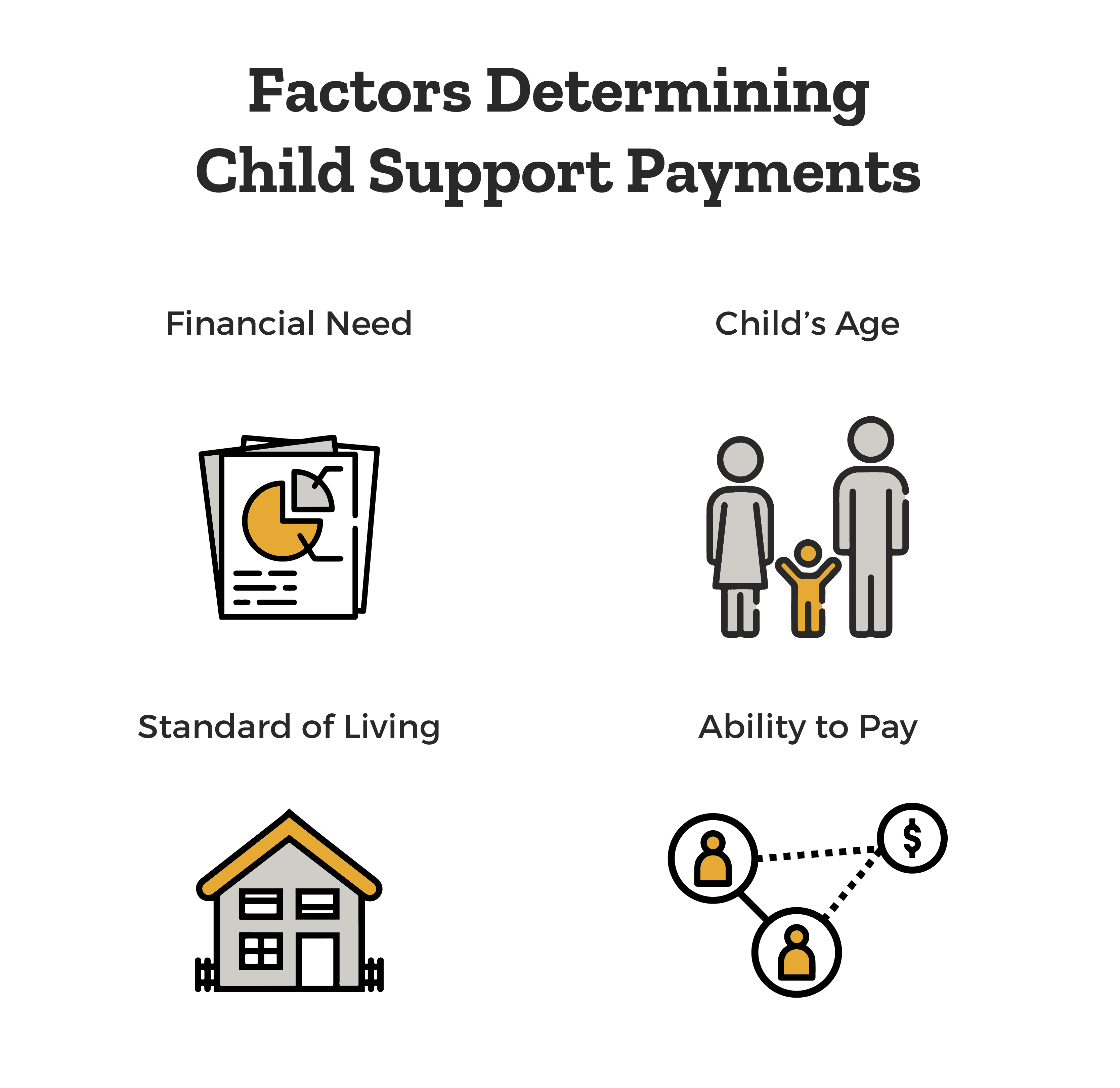It can be heartbreaking to stand by idly while a loved one, an aging parent or relative is suffering from terminal
Florida Conservatorship and Guardianship Lawyers: Estate Planning for Loved Ones To Ensure The Best Outcomes That Consider Family Members’ Decline In Health
A sorrowful note of aging is caring for a loved one whose health is in decline. Many Americans suffer from terminal,
New York Conservatorship and Guardianship Lawyers: Estate Planning for Loved Ones To Ensure The Best Outcomes That Consider Family Members’ Decline In Health
A fact is that few contemplate their demise. Far fewer the demise of their aging parent along with all the consequences
Arizona Conservatorship and Guardianship Lawyers: Helping Loved Ones Manage Their Estate Dealing With Mental Health Decline
Tragically, disease comes suddenly creating hard-to-predict financial hazard and ruin for family whose aging mother or
Texas Alimony and Palimony Lawyers
Determining a Fair Split of Income For Both Spouses After Divorce or Separation. As divorce and separation in Texas are becoming more common
The Unbearable Travel Burdens for Women in Texas Seeking Legal Abortion [Visualized]
Before the overturning of Roe v. Wade, Texan women were already suffering greatly, forced to travel out of state to get an abortion since abortion
Child Support by Court Order: How It Works
What Is A Child Support Order? Both parents have a legal responsibility to support their children financially. For child support, the noncustodial
How Joint Child Custody Works
What Is The 4-3/3-4 Child Custody Schedule? Popular schedules include the “4-3/3-4 schedule” in which the child is with “parent A” for four days,
How To Find The Best Divorce Lawyer in Atlanta
Atlanta is a large city with a vast network of family lawyers. So it may seem complicated finding a family lawyer who has the experience, personality,




